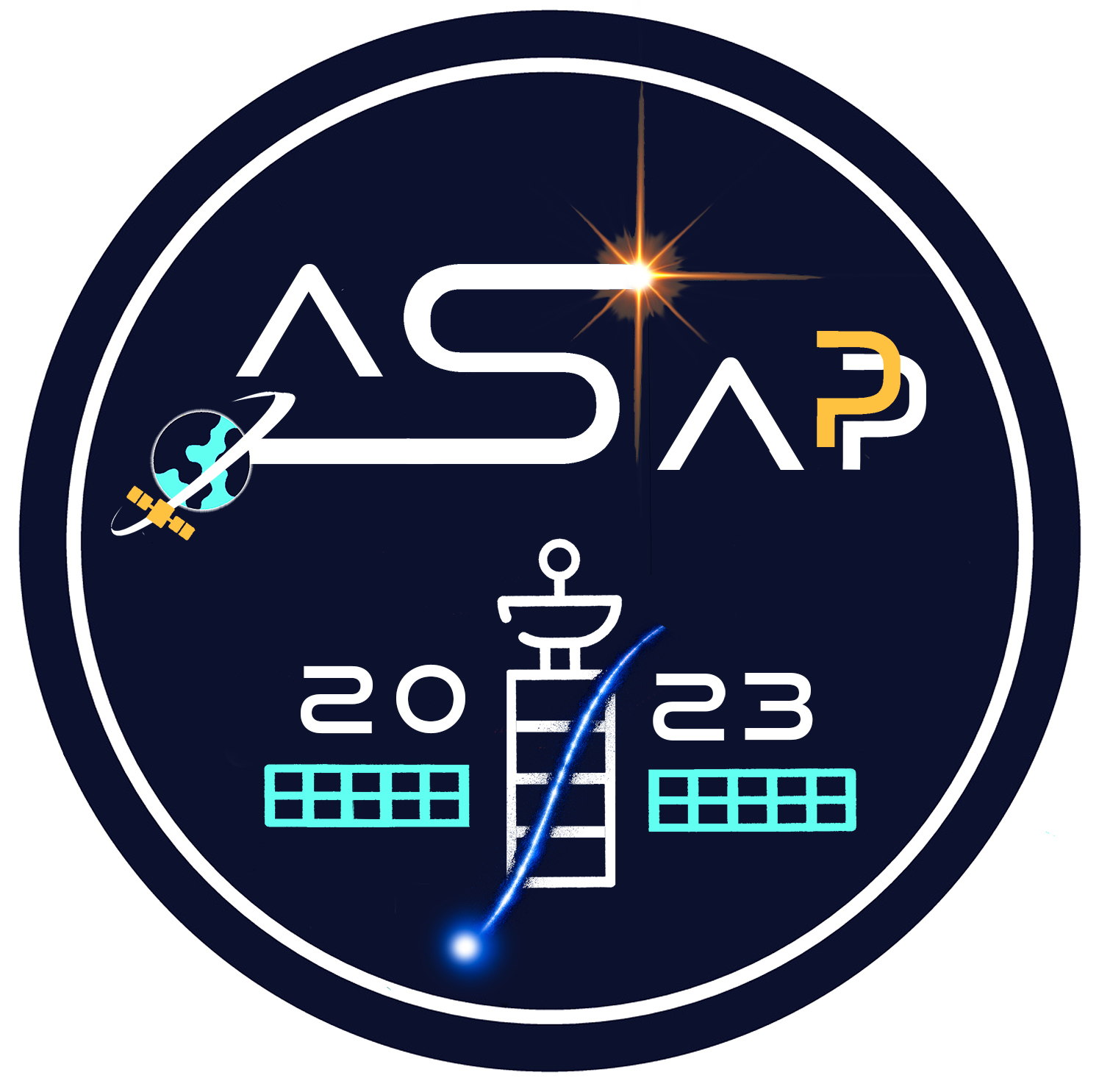Speaker
Description
A large area Timepix3 [1] hybrid pixel detector (262,144 pixels, pixel pitch 55 µm) was mainly developed for application in the penetrating particle analyser (PAN), i.e., a magnetic spectrometer for the measurement of galactic cosmic ray (GCR) fluxes, including their kinetic energies and to determine the GCR antimatter content in deep space [2]. The pixel detector provides an accurate measurement of particle position and energy losses (dE/dX) while its low material budget is essential to reduce the impact of multiple low angle scattering on the particle energy determination. A time-stamp resolution in the nano-second scale additionally provides means to reconstruct 3D coordinates of interactions within semiconductors (solid-state TPC) with a precision of 30 µm [3]. This opens the possibility to use them as compact Compton cameras for location of hard X- and gamma-ray sources [4], while simultaneously obtaining the photon polarization. However, the use of Timepix3 devices in space comes with challenges for carrier board, readout electronics and firmware design. For example, operation in vacuum requires proper cooling schemes; printed carrier boards and mechanics should be light weight while providing enough strength to survive vibration and shock; limited resources on the spacecraft impose strict limits on power consumption; and low downlink rates require data pre-processing capabilities. These issues are addressed in the present contribution.
A redesign of the Katherine [5] readout was used to study the Timepix3 tracking module’s response to a 120 GeV/c hadron beam at the Super-Proton-Synchrotron (SPS) at CERN and to protons of 100-230 MeV at the Danish Center for Proton Therapy (DCPT). “Low” power operation was achieved by changing the settings of Timepix3 (in the analog part) and further by reducing the matrix clock (see [6]). We present a comprehensive study of the impact of the changes on the particle tracking performance, as well as the energy and time resolutions. The power consumption of 6 W with standard settings was reduced to 4 W by changing the Timepix3 DACs. While these changes did not affect the energy measurement resolution, the time stamping precision was reduced from 1.8 ns to 5.6 ns due to slower pulse shaping. Further reduction of the power consumption was achieved by reducing the matrix clock. At a matrix clock of 5 MHz, we achieved a power consumption of 1.6 W. The dependence of the energy measurement on temperature will be presented for ambient temperatures between -20° and 50° C.
[1] T. Poikela et al., JINST 9 (2014) C05013.
[2] X. Wu et al., Advances in Space Research, 63 (2019), Issue 8, pp 2672-2682.
[3] B. Bergmann, et al., “3D track reconstruction capability of a silicon hybrid active pixel detector,” Eur. Phys. J. C 77, 421 (2017).
[4] D. Turecek et al 2020 JINST 15 C01014
[5] P. Burian et al., JINST 12 (2017) C11001.
[6] P. Burian et al., JINST 14 (2019) C01001
This project has received funding from the European Union's Horizon 2020 research and innovation programme under grant agreement No 862044. The work was carried out in the Medipix collaboration. This work has been done using the INSPIRE Research Infrastructures and is part of a project that has received funding from the European Union’s Horizon2020 research and innovation programme under grant agreement No 730983.
| Eligibility for "Best presentation for young researcher" prize | Yes |
|---|
